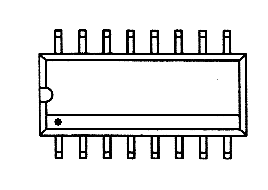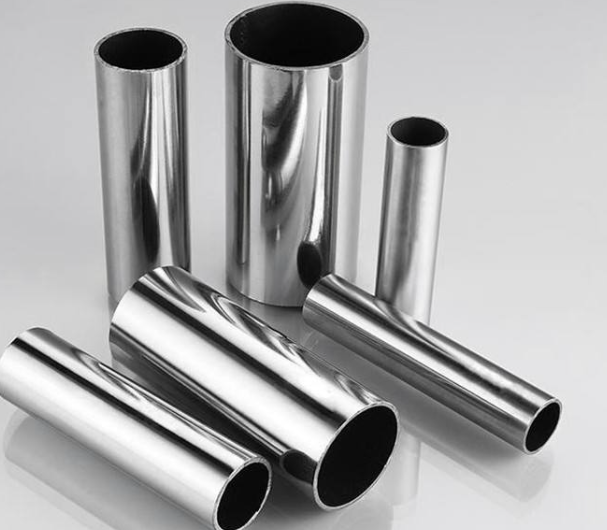OUTLINE:
Material of Pins
 306
306Pins are the wiring that connects the internal and peripheral circuits of the integrated circuit. Interface is the general term for all pins. Physically, we divide the pins into parts such as the side, toe, and bottom.
Electronic components' pins are often constructed from one or more metal materials, which offer superior conductivity and processing flexibility. The following list of typical metals and how they are used in electronic component pins:

Copper: is one of the most commonly used metal materials because it has good conductivity and cost-effectiveness. Copper pins are widely used in various types of components.
Tin: is a soft, easily bendable, and easy to solder metal, which is widely used in connecting components to the circuit board. Tin pins are typically used in components such as integrated circuits, semiconductor devices, and electrolytic capacitors.
Gold plating: involves coating the metal surface with a layer of gold to improve its corrosion resistance and conductivity. Gold-plated pins are typically used in components that require high frequency, high accuracy, and high stability, such as oscillators, filters, and amplifiers.
Nickel: is a hard-wearing, wear-resistant metal that is typically used in connection components such as plug pins and sockets.
Stainless steel: is a hard, deformation-resistant, and corrosion-resistant metal that is typically used in components that require high strength and wear resistance, such as mechanical switches and knobs.

In addition to the elements mentioned above, a number of other metal materials, including aluminum, tungsten, iron, etc., are also employed in the pins of electronic components. When purchasing components, care should be taken to consider the kind and characteristics of their pins to guarantee correct installation and connection to the circuit board. varied types of components have varied pin materials and forms.

Disclaimer: The views and opinions expressed by individual authors or forum participants on this website do not represent the views and opinions of Chipsmall, nor do they represent Chipsmall's official policy.

share this blog to:

